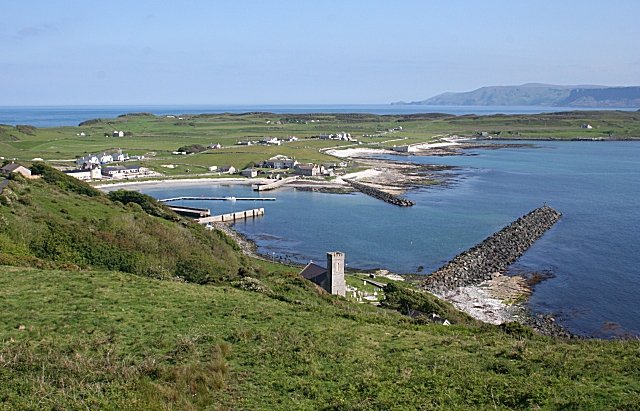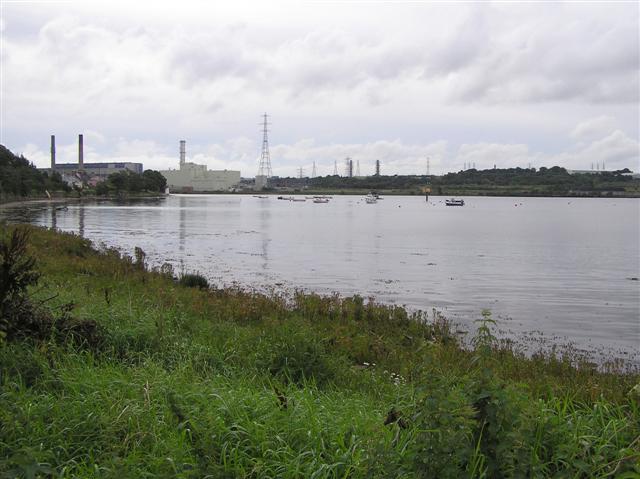In January 2011 I set off on a virtual blogging journey
around the British coast, and this month I finally ran out of coast to blog
about. “Why?” I hear you cry. Well, I have always had a fascination for the
idea of travelling around the entire coast of Britain, preferably on foot, but
for various reasons I have never had the time, money or energy to do it. I also enjoy writing, however, and one dark
winter’s morning as I was lying in bed I suddenly had an idea: “I know, I’ll
blog my way around the coast”. Added to
which, the British coast has given me a huge amount of pleasure over the years,
and I just wanted to give something back.
So what have I discovered about the British coast?
-
There’s always something going on! Music festivals, food and drink festivals,
sea shanty festivals, literary festivals, sailing events, surfing events,
marathons and half marathons – the list is endless. Although I have stopped blogging, I will
continue to list selected events for each week, so if you want to find out
what’s going on, check in from time to time.
-
Every single place, no matter how small, has a story to
tell, and there is so much history everywhere.
When I came to Charmouth on the Dorset coast, I wondered how much I
would find to say about such a small place, and then I discovered that it was
the scene of a succession of bloody battles against the Danes in the 9th
century. Moreover, that Catherine of
Aragon had once stayed there in a building later to become a pub, after which
Charles II turned up in disguise after his defeat at the Battle of Worcester in
1651.
-
Our coastline is one of the most varied of any country
in the world. From the towering cliffs
and pounding seas of Cornwall or Pembrokeshire, the islands of the Hebrides,
some doing an imitation of the Caribbean with their pristine white sand
beaches, interesting rock formations and sea stacks, dunes such as those at
Camber, the marshes of North Norfolk, the rias of the South Cornwall and South
Devon coasts, the risky mudflats of Morecambe Bay.
-
There is one recurring theme which strikes me as
particularly sad, and that is the amount of industry that has disappeared from
our coasts. The most visible example of
this is in Poldark country, my home county of Cornwall, where everywhere you go
there are reminders of a long-lost tin and copper mining industry. In Combe Martin, Devon, it is lead and silver
mining which have bitten the dust. Other
places have lost their coal mines, and in North Yorkshire it was ironstone
which ceased to be mined. Strontian in
West Scotland lost its lead, zinc, tin and silver mines. Another disappearing industry in many places
is shipbuilding, and numerous ports have become shadows of their former selves
due to the decline in export activity.
As for fishing, although it continues in many places, there are
countless places where the fishing has given way to more leisurely pursuits.
-
The amazing people who selflessly give of their time
for the benefit of the coast and the people who enjoy it. First and foremost, the brave people of the
RNLI who risk their lives to save others, and the folk who work for the
Coastguard, doing their best in the face of brutal cuts. The people who give up their weekends for
beach cleans, wildlife surveys and other activities. The people who organise the aforementioned
events and festivals and who raise money for charity.
And finally, I would like to dedicate my blog to its biggest
fan, my lovely mother Barbara, who will be 90 in a few weeks’ time. You can see some of her paintings in the
Cornwall section of my blog.





